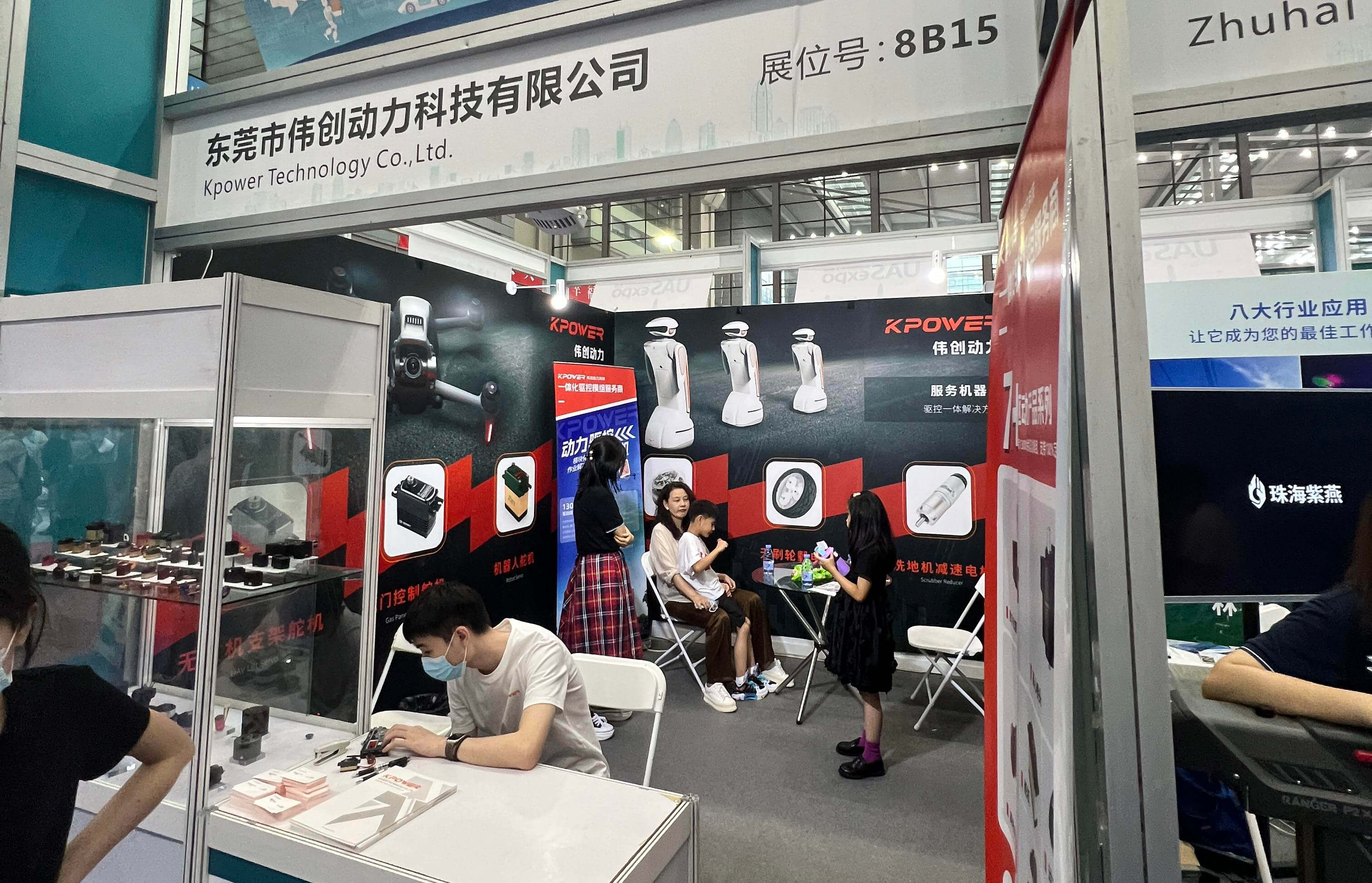Ever tried powering a heavy-duty drone or an industrial machine? Sometimes, what you really need is a motor that packs a punch without spinning its wheels too fast—enter the high torque, low RPM DC motor. It’s kind of like the muscle car of motors, built to deliver steady, powerful force when things get tough, not just the speed.

Imagine a scenario: you’re engineering a conveyor belt system that’s responsible for transporting heavy materials. Speed isn’t what matters here; what’s critical is torque — that twisting force that keeps things moving under load without stalling. You wouldn't want a motor that whizzes past the materials like a racecar and then stalls because it can’t push heavy objects. That’s where high torque, low RPM DC motors shine.
These motors are designed with robustness in mind. They typically feature thicker windings and larger gearboxes, enabling them to generate a lot of force at lower speeds. The cool part? They consume less energy when delivering this force, making them more efficient during prolonged operation. It’s about balancing power with endurance—because in the real world, you need a motor that can handle sustained workloads without breaking a sweat.
But how do they really stack up against other types? Well, if you’ve ever tried to turn a stubborn bolt with a wrench, you know that sometimes you need slow, controlled force, not speed. High torque, low RPM motors do exactly that—apply strong, controlled force precisely where it’s needed. Plus, they’re often more durable since they operate under less stress at higher speeds, reducing wear and tear over time.
Here's a quick question: what kind of applications would benefit most from this kind of motor? Think robotics that handle heavy objects, industrial automation equipment, or even some specialized home appliances. Anything that needs to keep a steady, forceful grip rather than just go fast.
From a practical standpoint, when choosing a motor like this, look for something with a sturdy construction and reliable torque ratings. It’s worth working with a manufacturer that understands your needs and can customize specifications. That way, you’re not stuck with a one-size-fits-all solution that underperforms in real-world tasks.
Ever wondered why some machines seem to have endless power while others stall at the slightest resistance? It’s often about the motor’s torque capabilities. High torque, low RPM motors aren’t flashy—they don’t spin fast, but they get the job done where it counts. Use them to build something durable, versatile, and capable of handling tough jobs. Because at the end of the day, power isn’t just about speed—it’s about control, strength, and reliability.
Kpower has delivered professional drive system solutions to over 500 enterprise clients globally with products covering various fields such as Smart Home Systems, Automatic Electronics, Robotics, Precision Agriculture, Drones, and Industrial Automation.




































